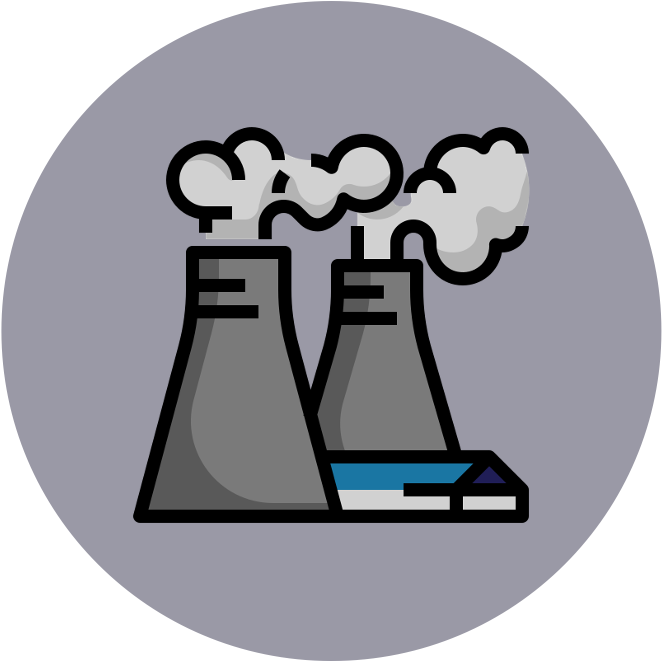

Greenhouse Effect
Greenhouse gases are the gases within the atmosphere that trap and retain heat
-
Incoming radiation from the sun is shorter wave radiation (ultraviolet radiation and the visible spectrum)
-
The surface of the Earth absorbs short wave radiation and re-emits it at a longer wavelength (i.e. infra-red / heat)
-
Greenhouse gases absorb and re-radiate this longer wave radiation and hence retain the heat within the atmosphere
This retention of heat is known as the greenhouse effect and is a naturally occurring process
-
Greenhouse gases ensure that the Earth maintains the moderate temperatures needed by organisms to survive
-
Without a greenhouse effect, Earth’s temperatures would drop significantly at night in the absence of direct sunlight
The impact of a greenhouse gas is determined by its ability to absorb long-wave radiation as well as its concentration within the atmosphere
-
The greenhouse gases which have the largest warming effect within the atmosphere are water vapour (clouds) and carbon dioxide
-
Other greenhouse gases include methane and nitrogen oxides – these have less impact on the overall warming effect
Human activity is increasing the concentration of certain greenhouse gases, which is creating an enhanced greenhouse effect that is causing climate change
-
Carbon dioxide is the main anthropogenic greenhouse gas and is produced from the combustion of fossil fuels
-
Additionally, deforestation is reducing the removal of carbon dioxide from the atmosphere (via photosynthesis)
-
-
Methane is a gaseous waste emitted from landfills and is also a consequence of increased agriculture (produced by ruminants)
Greenhouse Effect




